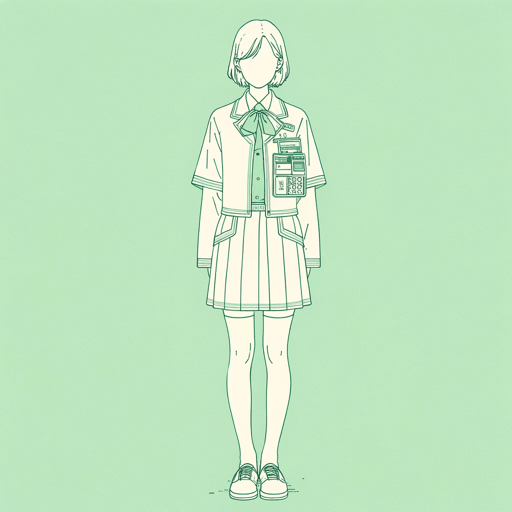45 pages • 1 hour read
Sayaka Murata, Transl. Ginny Tapley TakemoriConvenience Store Woman
Fiction | Novel | Adult | Published in 2016A modern alternative to SparkNotes and CliffsNotes, SuperSummary offers high-quality Study Guides with detailed chapter summaries and analysis of major themes, characters, and more.
Background
The Structure of Japanese Fiction
Convenience Store Woman is an example of contemporary Japanese fiction. Though Japanese literature is as diverse as any other national literature, Japanese fiction as a whole tends to differ in structure and form from typical Western conventions. Unlike most Western novels, Japanese novels typically have less clear endings. Whereas an American novel about love might end with a wedding, a Japanese novel about love might simply end in the middle of a relationship. The work might be more interested in exploring the idea that a relationship ever existed than the whole of the relationship. Japanese novels having less clear endings fits with the aesthetic concept of mujō, which is based on the idea that impermanence is worth celebrating. Something simply happening is enough—even if it isn’t necessarily important. But in most cases, something important will have happened. Because so many Japanese stories focus more on interiority than a plot driven by outside forces, any changes in a character are likely to be less noticeable than in most Western novels.
Many Japanese writers frame their novels using a four-part structure rather than the five-part structure favored by Western writers (exposition, rising action, climax, resolution, and denouement). This structure, called Kishōtenketsu, is also associated with Chinese literature.

